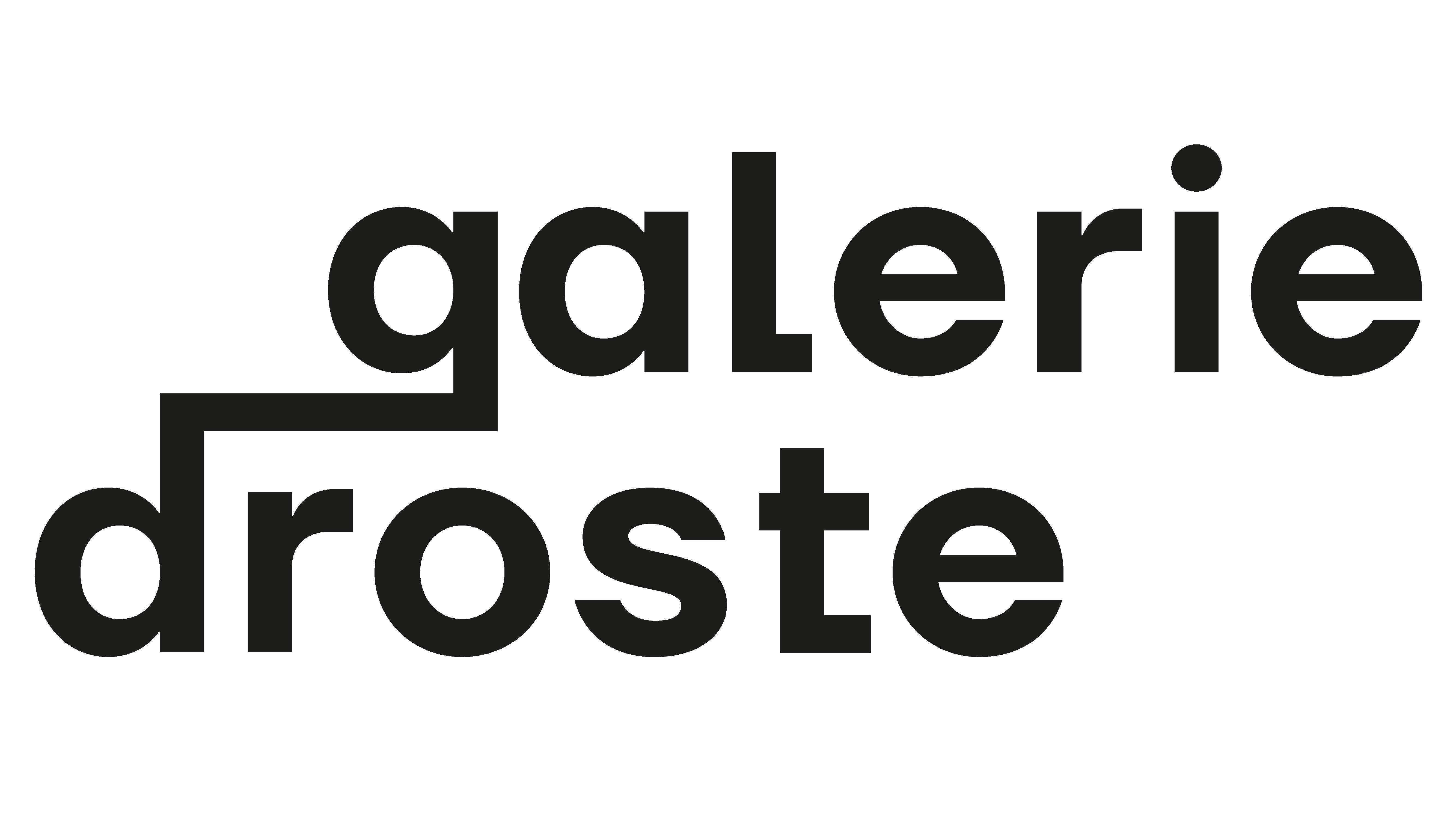CTRA. D'EIVISSA A SANT ANTONI, 07800 IBIZA, SPAIN
ARTISTS :
CAN Art Fair unifies a new range of galleries, connected through their selection of art. Galerie Drostes booth at the Fair displays this movement through their shown positions. Having a vast variety in their way of work, the artists are unified through their representation of Zeitgeist and their unbiased approach to material.
ÁKOS EZER (1989, HUN)
The main protagonists of the Hungarian artists characterize male persons with elongated limbs and bent postures, whose gestural movements remind of moments of falling. The different personalities, marked by contemporary and pop-cultural clothing, as well as the panel color palette used, offer a humorous approach to Ezer’s pectoral world without trivializing it. The artist invites the viewer to reconstruct his view of current social structures in his home country Hungary and the personal efforts of everyday life associated with them.
ANDRÉ WENDLAND (1996, GER)
André Wendland finds inspiration for his work in everyday life. Thus he sees opportunity for his creative output everywhere and expands this narrative during the act of paining. His esthetic is influenced by cartoon paintings without being limited to whole stories as a narrativ.
ANDREW SCHOULTZ (1975, USA)
Andrew Schoultz approaches social and political issues in a painterly manner and represents an all-encompassing, historical position. In his densely layered paintings, he explores recurring patterns of behavior in history in relation to war, natural disasters and globalization. His wide range of historical references illustrates not only Schoultz’s interests and influences, but also his idea of illustrating the cyclical nature of secular history through the use and juxtaposition of archaic and modern symbols, as well as iconography.
JAVIER RUIZ PÉREZ (1989, ESP)
Javier Ruiz Perez’ pantings are collage-like compositions consisting of visual footage collected from social media and the internet. The depicted subjects are always living figures, a group of people or single individuals, flowers and still-lives against a background of Andalusian landscapes. His paintings always manage to deliver an uncanny balance between credibility and oddity, resulting in depictions that are incomprehensible, yet plausible
JODY PAULSEN (1987, ZAF)
The vibrant felt collages of allegorical images of flower bouquets, which are so artfully arranged that with the help of the viewer's imagination they come together to form the appearance of a portrait, exert the effect of pareidolia. In the midst of individual flowers, spring eyes that evoke the association of a strange figure. The Cape Town artist enjoys arranging patterns, textures and color improvisational, until a precise as well as delicate summary of different pieces can be read as a symbol, while the composition of each work evokes a familiarity of repetition.
JULIUS HOFMANN (1983, GER)
In his paintings Julius Hofmann works with a combination of both calculation and intuition. He believes without a playful, adventurous approach to his work, the resulting image wouldn’t be that entertaining. Hofmanns works are characterized by a melancholic mood which gets imprinted onto each painting, non regarding the motif. Setting the mood is mostly a vehicle, as he is more interested in the “how” than the “what”. For him, these sometimes morbid depictions are a form of managing his own fears. While getting materialized in the brushwork, these inner threatening images loose their power, and instead he gains control over them.
RAPHAEL BRUNK (1987, GER)
Raphael Brunk's works can be located in the digital context of photography. He himself speaks of algorithmic photography, since his works are based on visual constructions from common image processing programs. The artistic power of action is thus partly transferred to the computer. The outcome remains unknown, whereby Brunk generates a cultivation of chance.
WILLEHAD EILERS (1981, GER)
Willehad Eilers, also known as Wayne Horse, has a sensitive and simultaneously humorous artistic approach to the complex themes of human existence. He has a critical view on the ambivalent wealth of Western society. When there are no serious problems, when there is nothing left to wish for, it can’t get worse. What is left is self-optimization and self-realization. Suffering and love are probably closer together than anything else in this world. In his work Eilers creates an atmosphere of ecstasy, the dissolution of man into his primal instincts and drives, but also his need for love and affection of others.






